Picture a vibrant garden with clusters of rich, luxuriant flowers blooming in a variety of charming hues.
What if we told you that these flowers not only lend an enchanting allure to your garden but also carry a fascinating backstory and intriguing features that stretch beyond their obvious beauty?
Yes, we're talking about the spectacular and versatile hydrangeas, beloved fixtures in so many of our gardens and landscapes.
From their chameleon-like color-changing abilities and heartfelt symbolism to their diverse array of species and uses in traditional teas, hydrangeas are more than just a feast for the eyes.
So, come along with us on a journey of discovery as we delve into the world of hydrangeas and explore five captivating facts about these truly remarkable flowers.
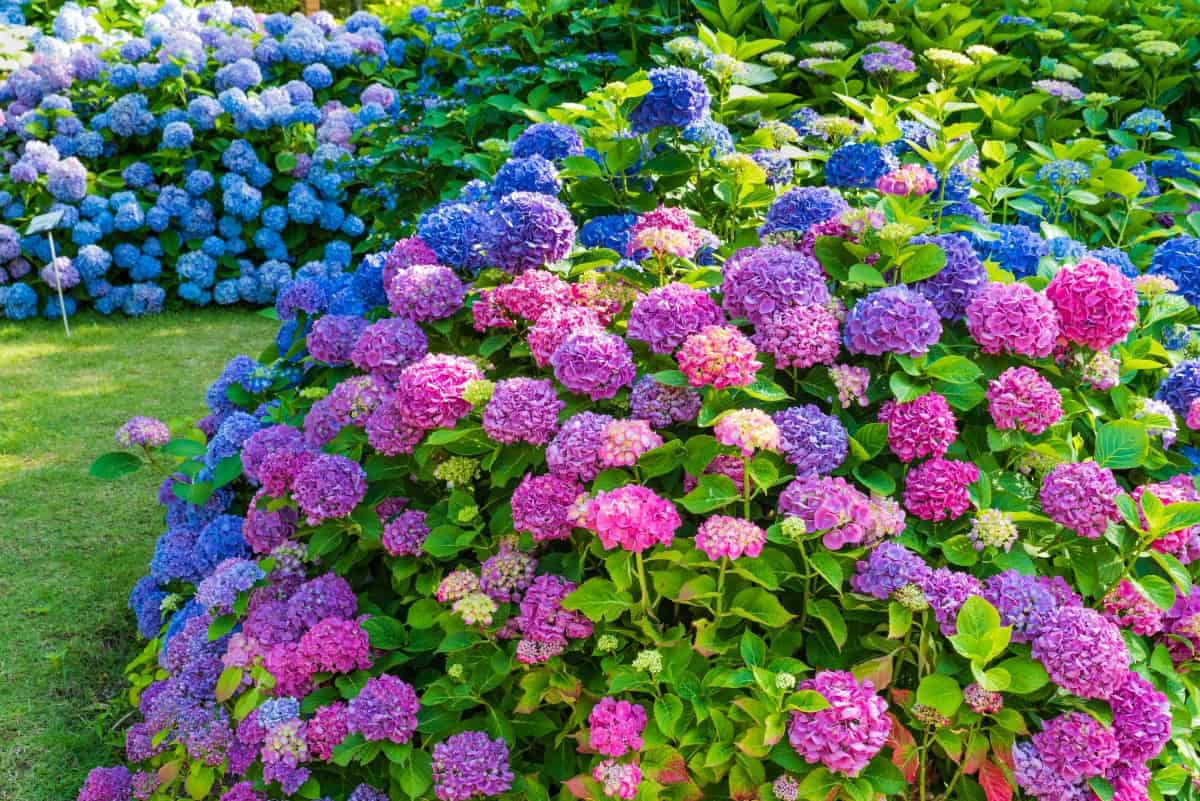
1. Color Is Determined by Soil pH
One of the most fascinating things about hydrangeas is that the soil's pH level can affect the color of the blooms.
Acidic soils with a pH less than 6 tend to produce blue flowers, neutral soils pH 6-7 usually result in a purple color, and alkaline soils with a pH greater than 7 typically produce pink flowers.
This is particularly true for the most common type, the bigleaf hydrangea (Hydrangea macrophylla).
But why does this happen? The answer lies in the plant's uptake of aluminum ions. In acidic soil, aluminum is more readily available, and hydrangeas uptake it, leading to blue flowers.
Conversely, in alkaline soil, aluminum is less accessible, leading to pink flowers.
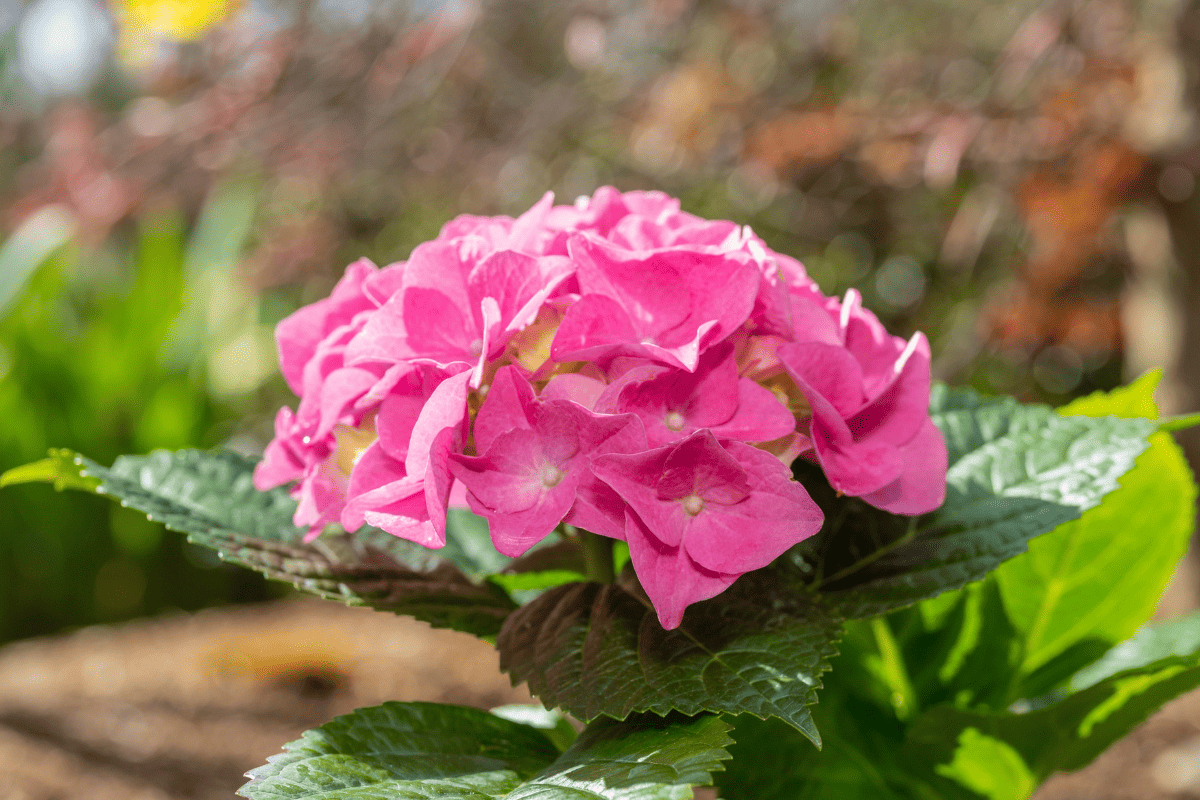
Gardeners can alter the soil's pH by adding substances like garden lime to increase pH or sulfur to decrease pH, effectively choosing the color of their hydrangea blooms.
It's also important to note that some cultivars stick to their true color, regardless of soil pH alteration.
2. Rich Symbolism
For centuries, flowers have served as silent communicators, each with their unique message to convey.
Among these botanical messengers, the hydrangea stands as a symbol of heartfelt emotions, particularly gratitude, understanding, and apology.
When you gift a hydrangea, you are sending a message of deep appreciation and acknowledgement. This is not a simple "thank you," but a more profound expression of gratitude for understanding—an acknowledgement of empathy received.
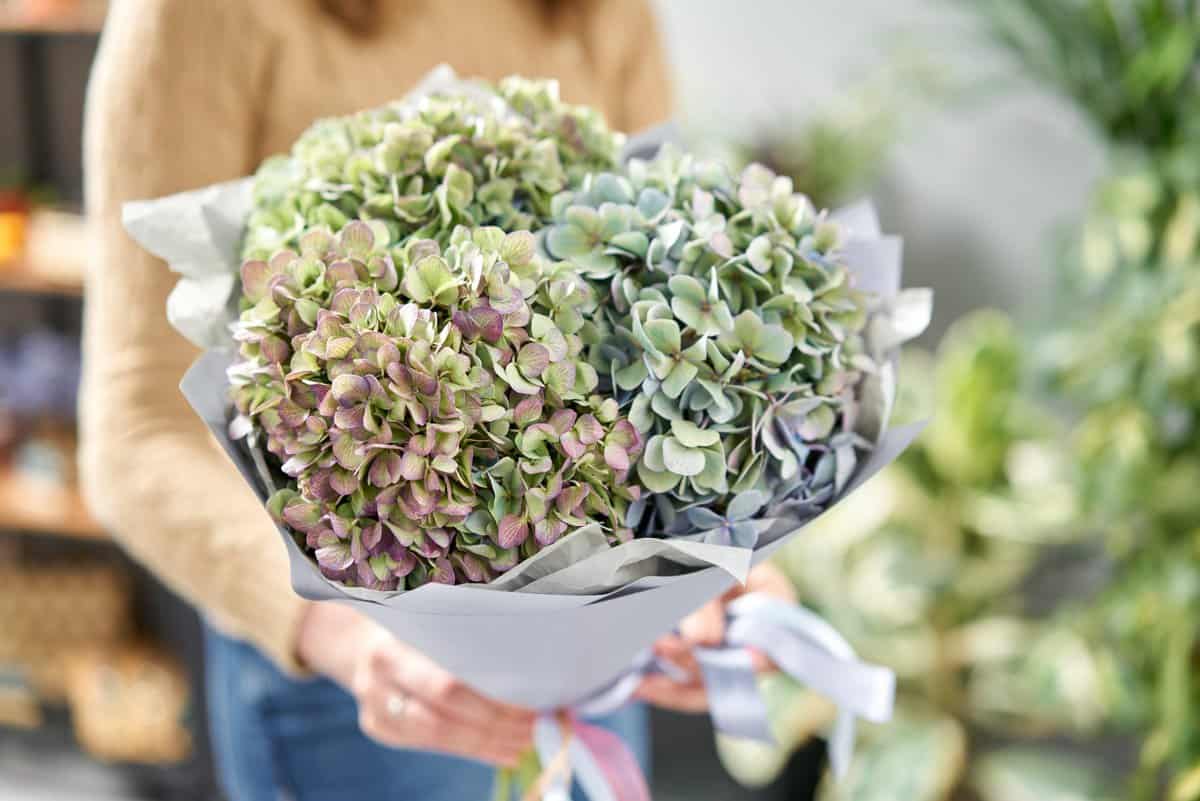
It's as if you're saying, "You've understood my feelings, my perspective, and for that, I'm truly grateful." It's this rich emotional symbolism that makes hydrangeas a favored choice for many when choosing flowers to gift.
In Japan, hydrangeas represent apology and gratitude. Legend tells of a time when an emperor used hydrangeas to apologize to his maidens. This act has forever associated hydrangeas with both apologies and gratitude in Japanese culture.
3. Varieties and Diversity
There are about 70 to 75 species of hydrangeas, which come in a variety of shapes and sizes, from small shrubs to larger trees.
The most common types include bigleaf, panicle, smooth, and oakleaf hydrangeas.
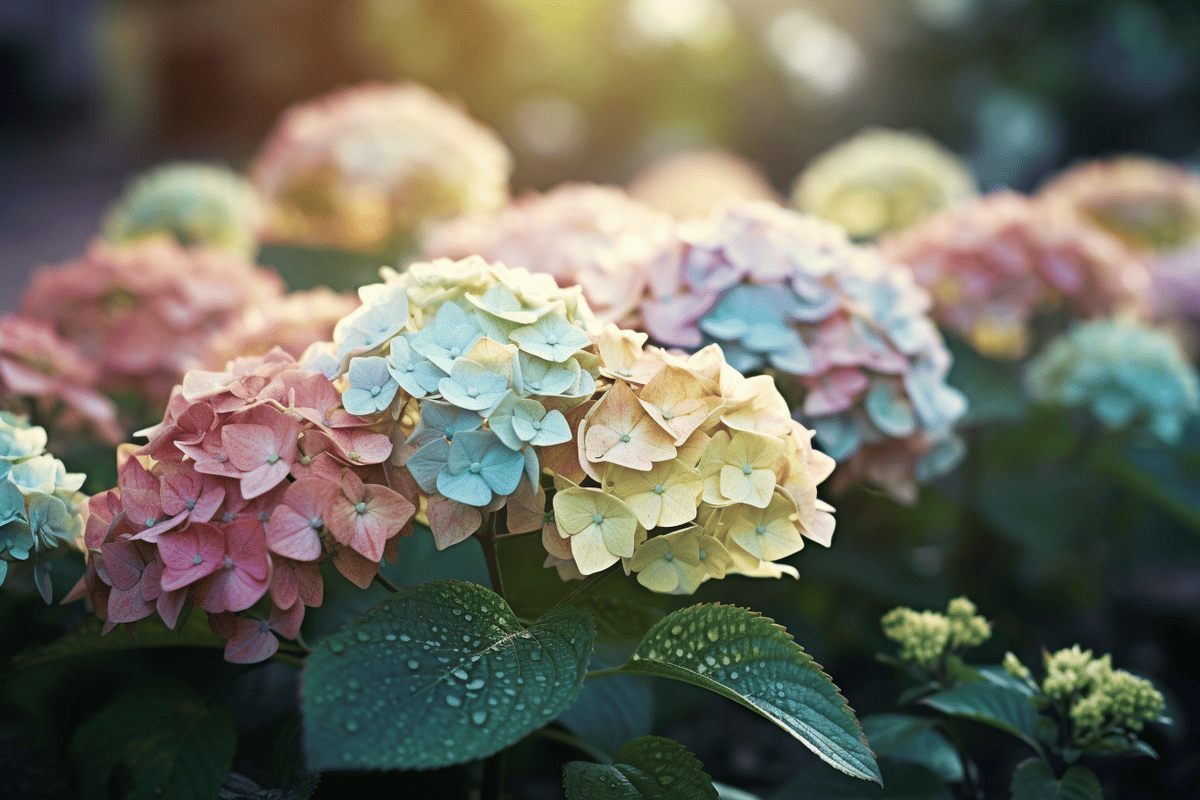
Within these types, you'll find more variety in the flower forms. Mophead hydrangeas, aptly named for their large, round flower clusters, are probably what comes to mind when most people think of hydrangeas.
But there's also the lacecap variety, which boasts delicate, flat clusters of what seem to be tiny, intricate flowers, offering a different kind of beauty that's no less captivating.
4. Origins and History
While these captivating flowers have now become a garden staple worldwide, their journey began predominantly in the diverse landscapes of Asia.
Many of the hydrangea species we know and love today have their roots in China, Japan, and Korea, where they thrived in the wild before they were brought into domestic cultivation.
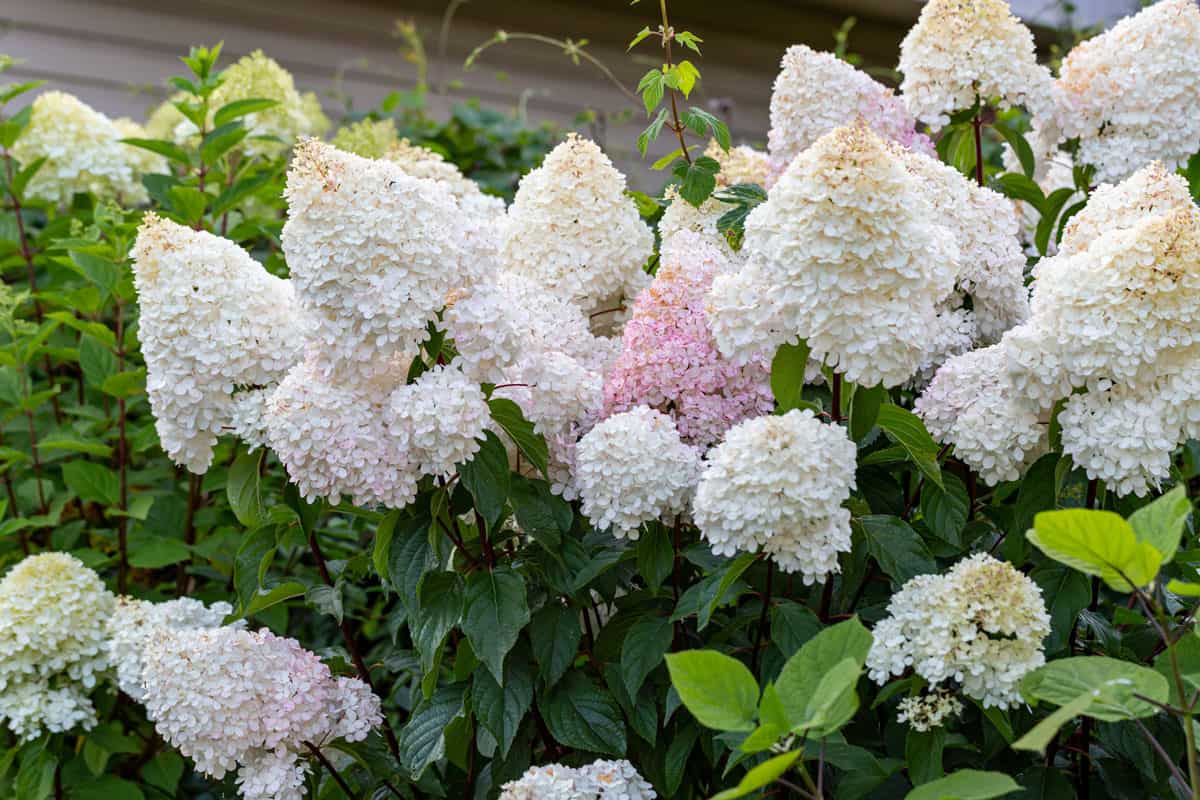
They were first cultivated in Japan and were brought to Europe in the 18th century, where they quickly gained popularity due to their impressive and colorful blossoms.
It's also worth noting that not all hydrangeas hail from Asia. A few species, like the smooth hydrangea (Hydrangea arborescens) and oakleaf hydrangea (Hydrangea quercifolia), are native to the Americas.
These species, too, have their unique charm and have significantly contributed to the diversification of hydrangea varieties.
5. Used in Tea and Medicinal Applications
In some cultures, especially in Japan and Korea, the leaves and buds of certain hydrangea species are used to brew a sweet tea that's often served in religious and wedding ceremonies.
It is also believed to have various health benefits, including kidney health.
However, it's important to note that some parts of many hydrangea plants can be toxic if eaten, and not all species are safe for consumption.
Hydrangeas: More Than Just Beautiful Blooms
Hydrangeas' captivating color transformations, profound symbolism, impressive diversity, and rich historical roots all contribute to their allure, making them some of the most cherished plants in our gardens.
Next time you see these beautiful blooms, take a moment to appreciate not just their visual splendor, but also the remarkable stories they carry within!
Check out more articles on hydrangeas here:
